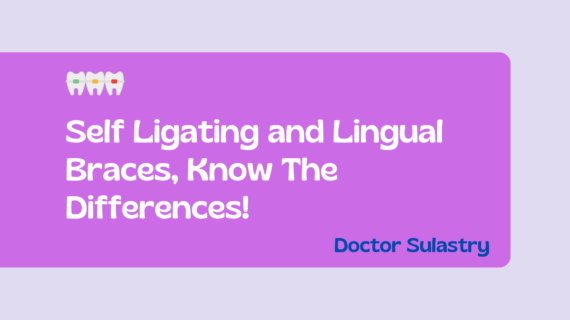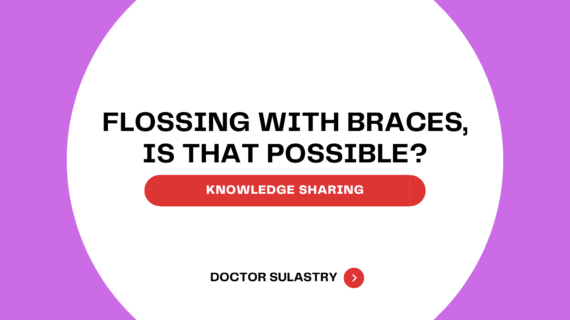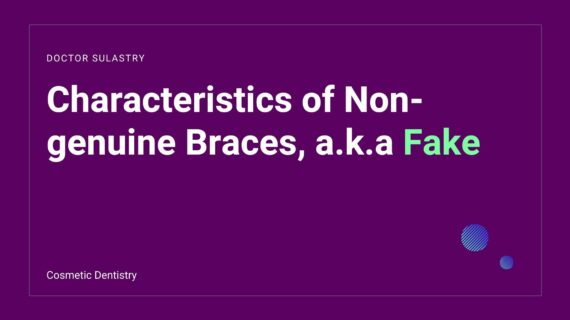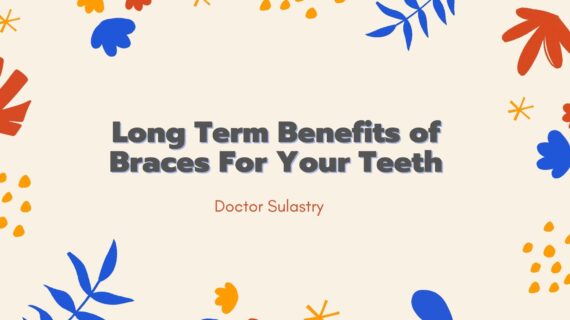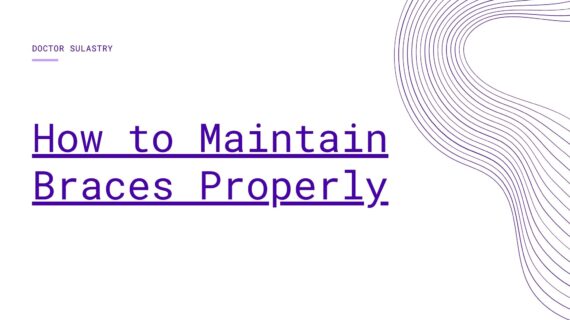Self Ligating and Lingual Braces – Braces are made up of many different components. But the brackets and rubber bands are the most important part of all of them. Bracket are the ones that lead directly to the teeth. The tape connectors are the connections that connect between the brackets.
The archwire is what actually helps move the teeth around your mouth. Contrary to what many people think, the bracket only functions as a handle, for the rubber band or archwire. Archwire applies gentle, steady pressure to the teeth. This is what actually makes your teeth move into the required position. These elastic connectors are also used to ensure the upper and lower teeth can bite properly.
Apart from the complexity of the aesthetic process behind the installation of dental braces. It is clear that there will be advantages and disadvantages of each type of dental braces. It will offered by the dental clinic of your choice. Currently, the use of dental braces is no longer a new thing for the community. We have found many teenagers, adults, and even small children seen with braced teeth.
What types of braces are commonly used? The choice of this type of braces will be adjusted to the abnormal arrangement of teeth, aesthetic considerations, and cost.
Also Read Tips Braces : Surviving First Week of Using Braces
1. Self Ligating Braces
Self-ligating braces look very similar to the traditional fixed braces that orthodontists have used to straighten teeth for decades. However, they are now available with transparent or ceramic brackets, making them much less visible.
This type of braces also uses clips instead of elastic bands to hold the bracket wire in place. This creates less friction and makes it easier for you to brush between braces. Also keep your teeth clean during your orthodontic treatment.
Advantages
- This type of braces can be used to treat simple or complex problems effectively
- They can also achieve the right results by giving your dentist complete control over the way your teeth move.
Disadvantages
- Transparent self-ligating braces are not completely hidden
- You need to brush carefully around the brackets and wires to keep your teeth clean.
2. Lingual Braces
Lingual braces attach to the sides of your tongue and teeth. No one can see them, but these types of braces will work hard to straighten your teeth from the inside. Your lingual braces will look and function like conventional braces, using brackets and connecting wires to gradually move your teeth.
However, in the case of lingual braces, brackets are made to fit the more irregular back surfaces of your teeth. If you are looking for a hidden type of braces, this is the crème da la crème of ‘invisible’ braces.
Advantages
- These Lingual Braces are completely hidden from view
- They can also be used to treat most problems with your teeth.
Disadvantages
- It will take a few days for your tongue to adjust to this type of braces. Also it may hurt your tongue a few times at first
- Lingual braces require special skills and expertise to install them, so they are usually more expensive than other braces.
That’s is it for Self Ligating and Lingual Braces. Consult a dentist, especially an orthodontist, to find out how to improve the alignment of your teeth. Improving appearance and increasing self-confidence, a neat arrangement of teeth can help maintain healthy teeth and oral cavity.
